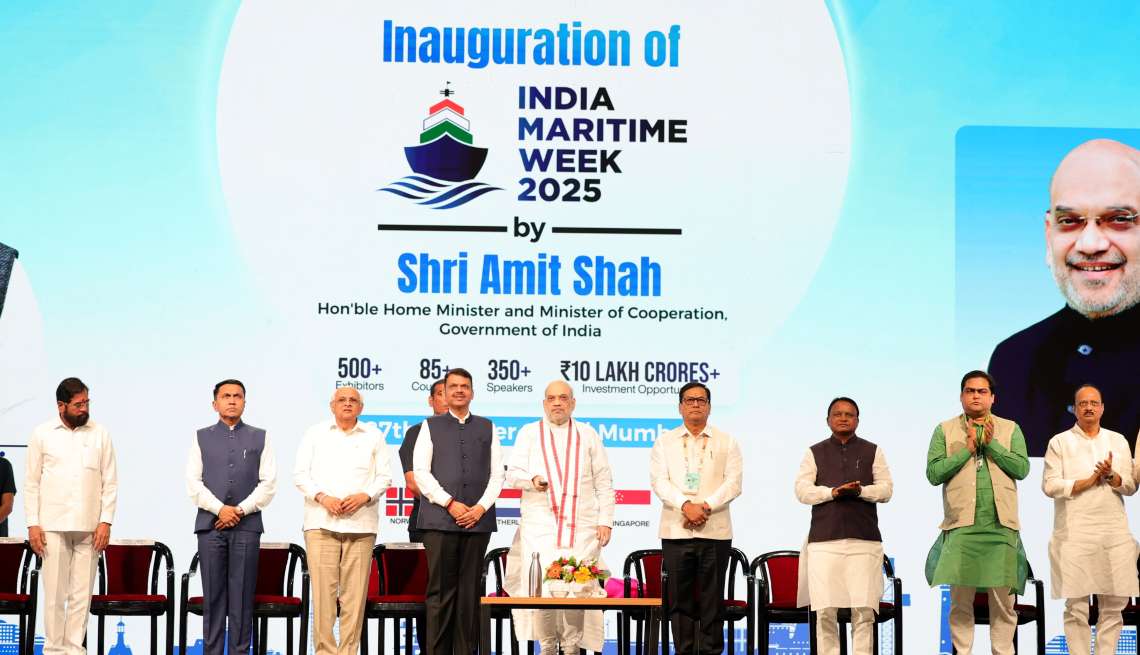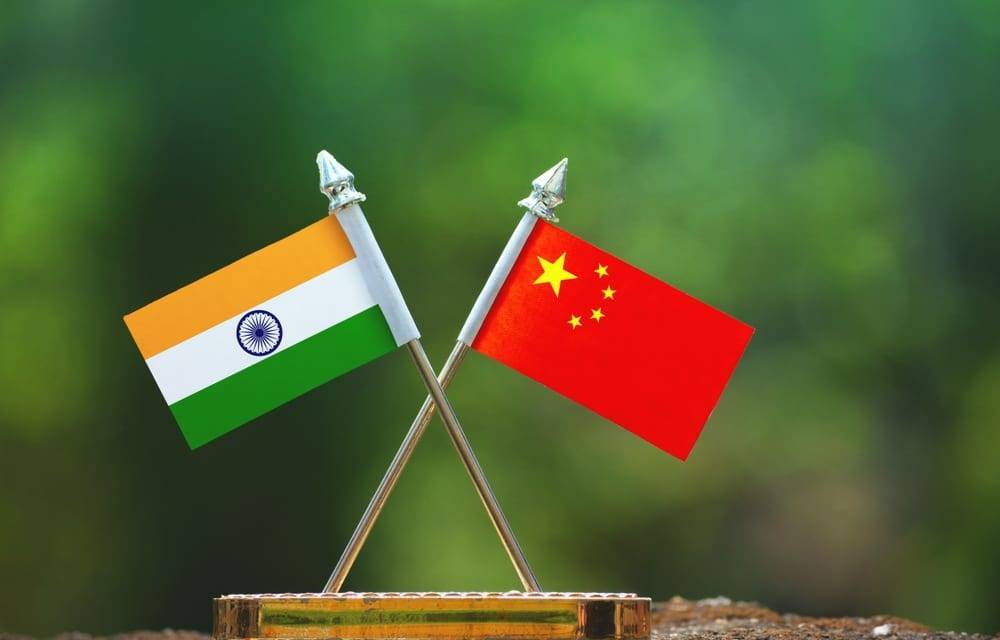Consequently, with capacity utilisation improving, players are also likely to commence capital expenditure for enhancing capacity by 10 per cent over fiscals 2023 and 2024….reports Asian Lite News
A strong revival in consumer spending amid waning impact of the Covid-19 pandemic will help the paper packaging industry bounce back with a revenue growth of 15 per cent this fiscal, ratings agency Crisil said.
The industry had reported a decline of 8 per cent in the previous fiscal.
Besides, the agency said that capacity utilisation and operating leverage will also improve and, together with continued high realisations and almost stable raw material prices will help in improving the operating profitability of packaging paper players this fiscal.
Consequently, with capacity utilisation improving, players are also likely to commence capital expenditure for enhancing capacity by 10 per cent over fiscals 2023 and 2024.
“A stronger-than-anticipated growth in e-commerce sales due to increasing safety and hygiene consciousness, healthy double-digit growth in domestic pharmaceutical sales, and revival in consumer durable sales are driving demand for packaging paper,” said Anuj Sethi, Senior Director, Crisil Ratings.
“Consequently, capacity utilisation of paper packaging players is seen rising to over 80 per cent this fiscal from 65-70 per cent in the last. Increased sales volume and 6-7 per cent higher realisations mean revenue growth will be healthy this fiscal.”
Furthermore, the report cited that a gradual recovery in apparel sales, too, will support revenue growth.
Notably, Crisil expects operating profitability of packaging paper players to reach the pre-pandemic level of over 17 per cent this fiscal, compared with 15.5 per cent last fiscal, backed by better operating leverage and higher realisations.
“Also, the costs of key inputs such as waste paper, which saw a sharp rise last fiscal, have now stabilised, which will help improve operating profitability,” the agency said.
The nationwide lockdown to contain the pandemic had hit sales of apparel and consumer durables during last fiscal.
Apart from the lockdown, lower growth in domestic pharmaceutical sales had impacted revenue of paper-packaging companies, which had seen healthy compound annual growth of 7-8 per cent in the preceding five fiscals.
“A moderate third wave, if it occurs, is unlikely to materially impact recovery for the packaging paper segment. However, movement in prices of key raw materials, such as imported wastepaper, will bear watching,” Crisil said.
As things stand, the domestic paper industry is dominated by the paper packaging segment, accounting for 50-55 per cent of the sector’s capacity, followed by writing and printing paper, newsprint and specialty paper and other segments.
The paper packaging segment comprises paperboard and kraft paper used in packing of pharmaceutical, e-commerce goods, consumer durables, fast moving consumer goods and ready-made garments.














